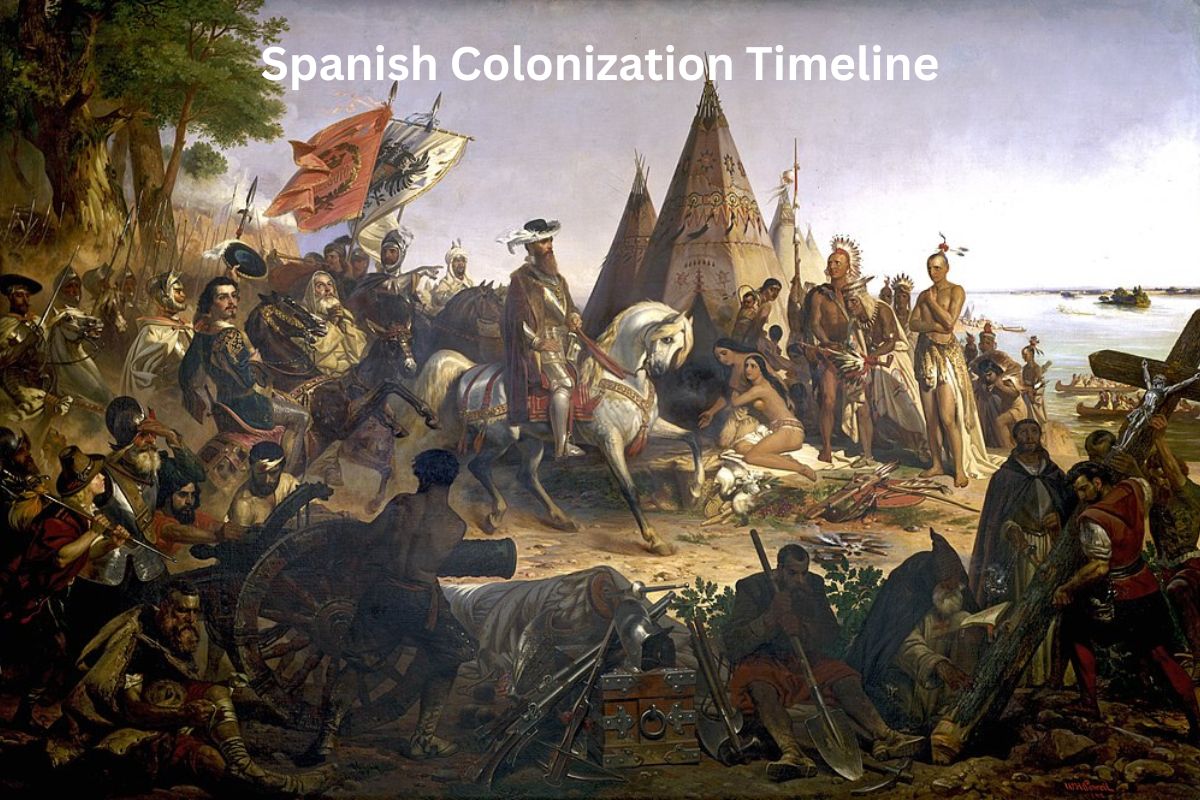Spanish colonization of the Americas was a transformative period in world history that began in the late 15th century when Christopher Columbus’s first voyage to the Caribbean opened the door to European exploration and expansion in the New World.
Over the centuries, Spanish explorers and conquistadors ventured into various regions, including Mexico, South America, and the southwestern United States, leaving a profound and lasting impact on the indigenous peoples and cultures of the Americas.
This timeline highlights key events and periods in the history of Spanish colonization, from early exploration to Mexican independence and the establishment of Spanish missions in California.
| Year | Event |
|---|---|
| 1492 | Christopher Columbus’s First Voyage |
| 1493 | The Papal Bull Inter Caetera |
| 1493-1504 | Columbus’s Four Voyages |
| Early 16th Century | Conquistadors in Mexico and South America |
| 1513 | Vasco Núñez de Balboa’s Expedition |
| 1519-1522 | Ferdinand Magellan’s Expedition |
| 1521 | Conquest of the Aztec Empire |
| 1532 | Conquest of the Inca Empire |
| 1540-1542 | Coronado and De Soto Expeditions |
| 1565 | Establishment of St. Augustine, Florida |
| 1571 | Battle of Lepanto |
| 1588 | Spanish Armada |
| 1600s | Expansion into California and the American Southwest |
| 1769-1823 | Spanish Missions in California |
| 1821 | Mexican Independence |
Timeline of the Spanish Colonization
1492: Christopher Columbus’s First Voyage
In 1492, Christopher Columbus, an Italian explorer, embarked on a historic voyage sponsored by Spain.
He set sail with three ships—the Santa Maria, Pinta, and Niña—and reached the islands of the Caribbean on October 12. Columbus’s journey marked the beginning of European exploration in the Americas.
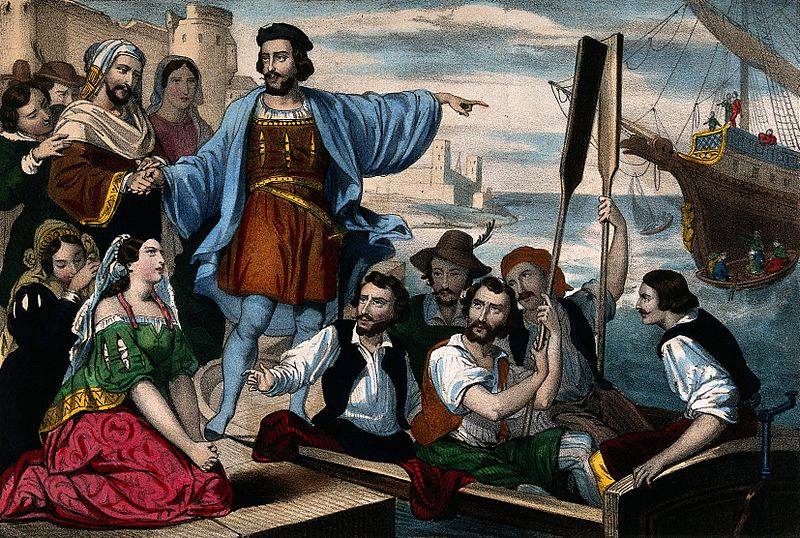
1493: The Papal Bull Inter Caetera
In 1493, Pope Alexander VI issued the Papal Bull Inter Caetera, which aimed to resolve disputes between Spain and Portugal over newly discovered lands.
The bull established the Line of Demarcation, a north-south line in the Atlantic Ocean, dividing unexplored territories between the two nations. This led to the Treaty of Tordesillas in 1494, which adjusted the line and allocated specific territories to each country.
1493-1504: Columbus’s Four Voyages
Christopher Columbus made a series of four voyages to the Americas between 1493 and 1504. During these expeditions, he explored various Caribbean islands, including Hispaniola (now Haiti and the Dominican Republic), Cuba, and Puerto Rico.
While Columbus is often credited with “discovering” the Americas, he was primarily responsible for opening up the region to subsequent European exploration and colonization.
Early 16th Century: Conquistadors in Mexico and South America
In the early 16th century, Spanish conquistadors ventured into the mainland of the Americas. Hernán Cortés led an expedition that resulted in the conquest of the Aztec Empire in present-day Mexico in 1521.
Francisco Pizarro embarked on a similar expedition and conquered the Inca Empire in Peru in 1532. These conquests marked the beginning of Spanish colonization of large parts of Central and South America.
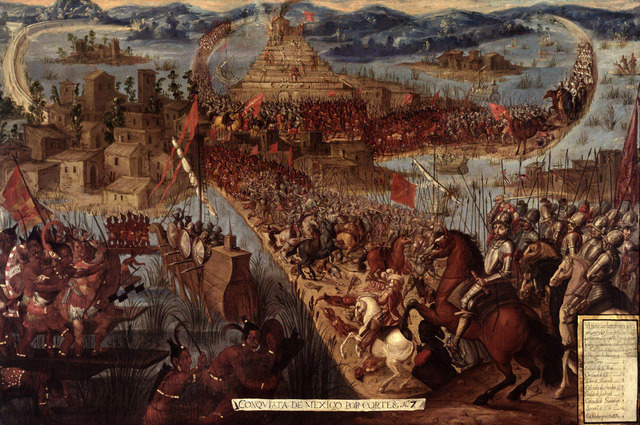
1513: Vasco Núñez de Balboa’s Expedition
In 1513, Vasco Núñez de Balboa, a Spanish explorer, became the first European to reach the Pacific Ocean from the Americas.
He accomplished this by crossing the Isthmus of Panama, providing a crucial link between the Atlantic and Pacific Oceans. Balboa’s discovery had significant implications for future exploration and trade routes.
1519-1522: Ferdinand Magellan’s Expedition
In 1519, the Portuguese explorer Ferdinand Magellan set sail on an expedition sponsored by Spain. Magellan’s primary goal was to find a westward route to the Spice Islands (Moluccas) in the East Indies.
During the voyage, his fleet became the first to circumnavigate the globe, proving that the Earth was round. However, Magellan himself was killed in the Philippines in 1521, and only one of his ships, the Victoria, completed the circumnavigation in 1522.
1521: Conquest of the Aztec Empire
Hernán Cortés led an expedition that resulted in the conquest of the powerful Aztec Empire in present-day Mexico. With the help of indigenous allies who opposed the Aztecs, Cortés and his forces defeated the Aztec ruler Moctezuma II.
This conquest marked the beginning of Spanish rule in the region, leading to the establishment of New Spain (Nueva España) as a Spanish colony.
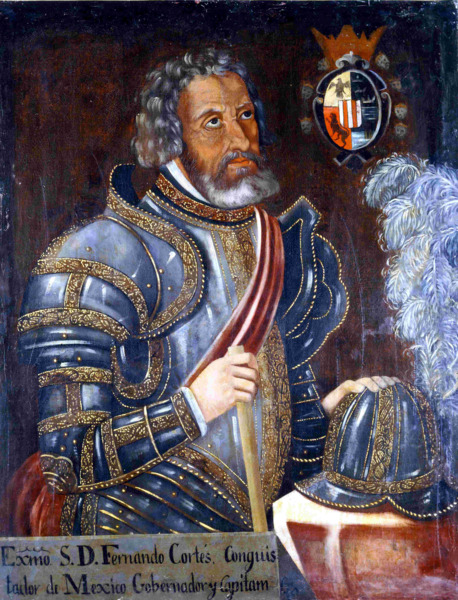
1532: Conquest of the Inca Empire
Francisco Pizarro led a similar conquest in South America, where he conquered the Inca Empire in present-day Peru in 1532.
Pizarro’s forces captured the Inca ruler Atahualpa and effectively ended Inca rule. This conquest opened the door for Spanish colonization and the extraction of vast wealth from the Andean region.
1540-1542: Coronado and De Soto Expeditions
In the 1540s, Spanish explorers continued to venture into North America. Francisco Vázquez de Coronado led an expedition into the American Southwest, searching for the mythical Seven Cities of Gold.
Hernando de Soto explored the southeastern United States, including Florida and the Mississippi River Valley. These explorations contributed to the Spanish knowledge of North America.
1565: Establishment of St. Augustine, Florida
In 1565, the Spanish established St. Augustine in Florida, making it the oldest continuously inhabited European-established settlement in what is now the continental United States.
St. Augustine served as a strategic outpost for Spain and played a significant role in the colonization of Florida.
1571: Battle of Lepanto
In 1571, the Spanish navy played a crucial role in the Battle of Lepanto, a naval engagement between the Holy League (comprising Spain, the Papal States, and other Catholic powers) and the Ottoman Empire. The battle took place in the Mediterranean Sea near the Gulf of Patras.
The Holy League, with Spanish forces under the command of Don John of Austria, emerged victorious, halting the Ottoman Empire’s expansion in the Mediterranean. This victory solidified Spanish dominance in the region and protected Europe from Ottoman naval threats.
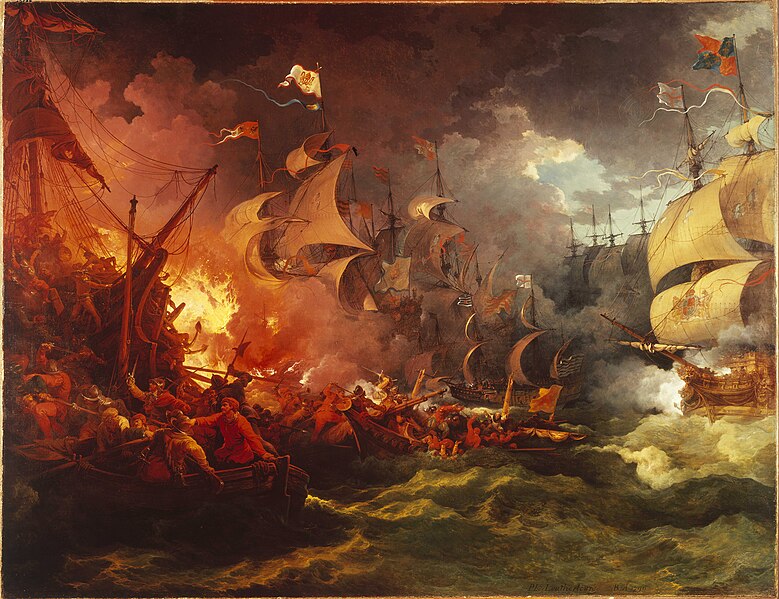
1588: Spanish Armada
In 1588, the Spanish Armada, a formidable fleet assembled by King Philip II of Spain, attempted to invade England. The Spanish Armada’s primary goal was to overthrow Queen Elizabeth I of England and restore Catholicism in the country.
However, the Armada was defeated by the English fleet in the English Channel, marking a significant turning point in European history. The defeat of the Spanish Armada weakened Spanish naval power and allowed England to continue its rise as a maritime and colonial power.
1600s: Expansion into California and the American Southwest
During the 17th century, Spanish colonization continued to expand into what is now the southwestern United States and California.
Spanish missionaries established a network of missions to convert Native American populations to Christianity and introduce European agriculture and livestock. This period laid the foundation for the Spanish influence in the region, which later became part of the larger Mexican and American West.
1769-1823: Spanish Missions in California
In the late 18th and early 19th centuries, Spanish Franciscan missionaries established a series of missions in California. These missions aimed to convert Native American communities to Christianity and provided a framework for Spanish colonization in the region.
The mission system included the construction of churches, agricultural facilities, and housing for both the missionaries and the indigenous people. This period had a lasting impact on the culture and landscape of California.
1821: Mexican Independence
Mexican independence from Spanish colonial rule was achieved after years of struggle and political changes. The movement gained momentum in the early 19th century due to various factors, including political discontent and the weakening of Spanish authority during the Napoleonic Wars.
Miguel Hidalgo y Costilla’s “Grito de Dolores” in 1810 marked the beginning of the Mexican War of Independence, inspiring a diverse coalition of rebels. Key leaders like José María Morelos and Vicente Guerrero continued the fight for sovereignty.
Negotiations led to the Plan of Iguala in 1821, which called for Mexican independence, a constitutional monarchy, and religious freedom. Agustín de Iturbide played a key role, and the Mexican Empire was briefly established with him as emperor.
Iturbide’s rule was short-lived, leading to the establishment of the First Mexican Republic. Mexican independence had a profound impact on the nation’s history, symbolizing the end of Spanish colonial rule and the start of nation-building.
Mexican Independence Day is celebrated on September 16th, commemorating Hidalgo’s call to arms. It remains a significant holiday in Mexico, symbolizing pride and unity in the country’s history.
